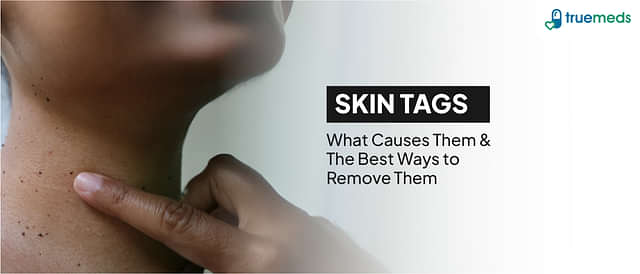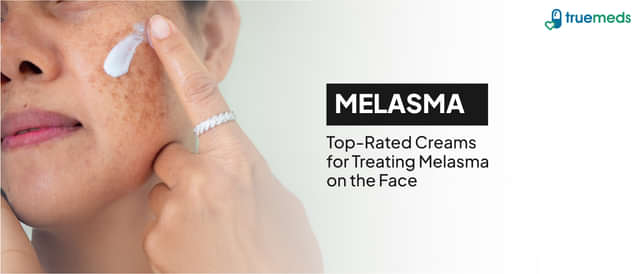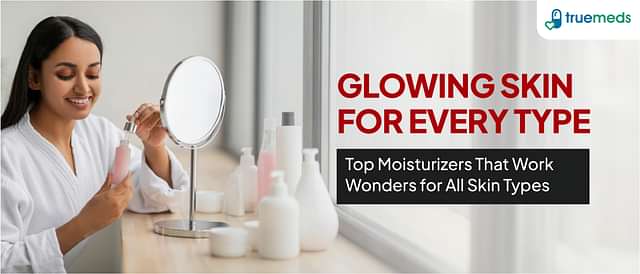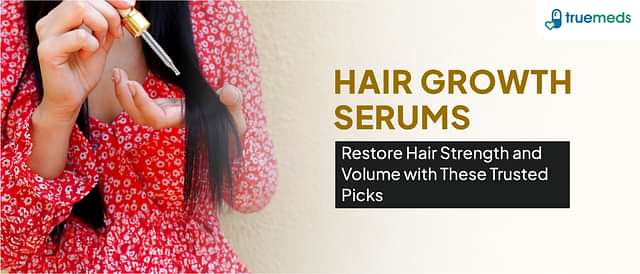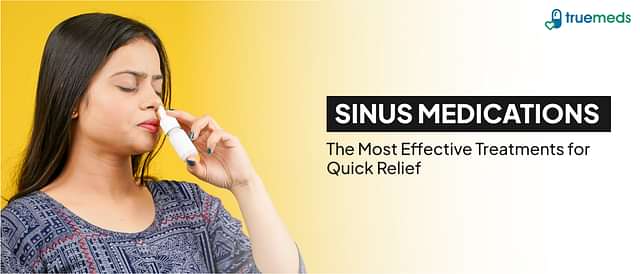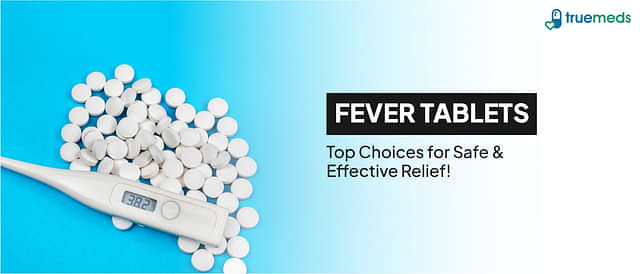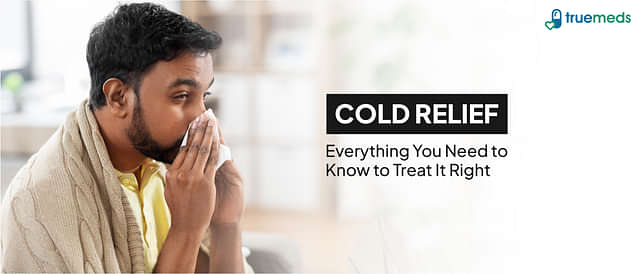Onychomycosis (Nail Fungus) overview and its treatment
Last updated on : 18 Mar, 2024
Read time : 7 min
What is Onychomycosis?
Nail fungus is known as onychomycosis which is a common fungus infection of the toe. The most notable symptom is a discolouration of one or more of your toes in white, brown, or yellow. It has the potential to spread and cause the nails to thicken or crack.
Toenail fungus is a common fungal infection that affects the toes. Onychomycosis infects the fingernails less frequently. Fungi get between the toenail and the toenail bed, causing toenail fungus.
Onychomycosis can lead to pain, distress, and disfigurement, as well as severe physical and occupational constraints in the performance of life.
Onychomycosis Causes
Fungi overgrowth in, under, or on the nail in which it causes a fungal nail infection. Fungi flourish in warm, humid conditions. So they may naturally overpopulate in this type of atmosphere. Nail infections are caused by the fungi which cause jock itch, athlete’s foot, and ringworm.
Fungal nail infection can be caused by fungi that are always existent in or on your body. You may have acquired a fungal infection if you came into contact with somebody who has one. Toenail fungal infections are more common than fingernail fungal infections. Because your toes are usually bound to footwear, where there are humid, moist conditions.
Common sources of nail disease are shared public showers like gyms or swimming pools. Going to manicures salons that use insufficient aseptic technique and instruments (such as clippers, filers, and foot tubs), as well as residing with family and friends who have fungal nails, are both risk factors. Athletes are more prone to Onychomycosis. This is thought to be due to the wearing of tight-fitting, sweaty shoes. Which can cause repetitive trauma to the toes. Repetitive trauma also weakens the nail, making it more vulnerable to fungal infection.
People over the age of 65, as well as those with specific underlying pathologic conditions, are at a higher risk. Hyperhidrosis Deprived blood circulation due to peripheral vascular disease. Anything that weakens your immune system makes you more likely to become infected with the fungus. These conditions include AIDS, diabetes, cancer, psoriasis, and the use of immunosuppressive medicines such as steroids.
Onychomycosis Symptoms
- A fungal nail infection can affect a portion of the nail, the full nail, or several nails. Your toenail colour may change, appearing white, yellow, or brown.
- Some areas appear crumbly or hazy.
- Thickening and possibly oddly shaped appearance
- Detach from the nail bed (leaving space between the nail and the skin underneath).
- In one or more places, there is a crack or break.
- A dark colour is caused by debris accumulating under your nail.
- Slightly foul odour
Basic Types of Nail Infection
1. Infection of the distal subungual region
The most common type of fungal nail infection is a distal subungual infection, which can occur in both fingernails and toenails. When the nail is infected, the outer edge of the nail becomes jagged, with white and/or yellow streaks running across it. The infection spreads to the nail bed and underneath the nail.
2. A superficial white infection
Nail disease is commonly affected by white superficial infections. A specific type of fungus attacks the top layers of the nail, causing a well-defined white spot. These white patches eventually cover the entire nail, which becomes bumpy, delicate, and susceptible to falling to pieces. Nail spots can become pitted and crumbly.
3. Infection of the proximal subungual area
Although proximal subungual infections are rare, they can affect both fingernails and toes. As the infection extends upward, yellow spots appear at the base of the nail. This infection is more common in people who have weakened immune systems. It can be caused by minor nail trauma.
4. Infection with Candida
Candida yeasts are responsible for this type of infection. It can infiltrate nails that have been damaged by an infection or injury in the past. Candida primarily affects the fingernails. It is commonly seen in people who routinely drench their hands in water.
The cuticle around the nail, which becomes inflamed, red, and warm to the touch, is usually the source of these infections. The nail on its own can sometimes partially or completely raise off the nail bed.
Onychomycosis (Nail fungus) treatments:
The treatment of toenail fungus is extremely challenging. To get rid of the fungus, you may need to treat the problem for several months. Even so, toenail fungus recurs frequently. Your treatment options can be explained by a skin specialist (dermatologist) or a foot doctor. If you have a minor case that does not bother you, your doctor may advise you to avoid treatment.
Treatment options for toenail fungus include:
1. Oral antifungal medication
To treat the fungi, you take prescribed medication such as terbinafine, itraconazole, and fluconazole. This medication must be taken daily for several months (or longer). Blood tests may be used by doctors to screen for potential medication side effects. Because these medications can harm the liver and interact with other medications, oral antifungals are not appropriate for everybody.
2. Topical medication
It is a medication that is applied directly to the nail regularly. Over time, the medication kills the fungi. In general, topical solutions are ineffective in treating toenail fungal infections. Topical medications work best when combined with oral antifungal medicines.
3. Surgery
In dermatology, we never use surgical resection of a nail. Even after the nail has been removed surgically, the fungus can reappear. I’m not quite certain if this is more common in podiatry. Unless you’re taking another antifungal medication (oral or topical) at the same time. When the affected nail is associated with other factors such as trauma or infection, surgical removal may be necessary.
4. Many advanced treatments are tested
Photodynamic therapy, also known as laser therapy, involves the application of light-activated agents to the nail. It is followed by the application of light of the appropriate wavelength to the nail.
Iontophoresis is the use of an electrical current to benefit the absorption of topical antifungal medications into the nail.
Utilization of a special nail lacquer that alters the microclimate of the nail, making it uninhabitable to fungus growth: If this works, it could be a low-cost method for treating Onychomycosis in the long run.
Prevention of onychomycosis
- The aforementioned practices can aid in the prevention of nail fungus, reinfections, and athlete’s foot, both of which can lead to Onychomycosis:
- Hands and feet should be washed regularly. After touching an infected nail, clean your hands. Moisturize your nails after washing them.
- Trim your nails directly across, file down congealed areas, and smooth the edges with a file. Disinfect nail clippers after each use.
- Wear sweat-wicking socks or switch socks frequently throughout the day.
- Choose shoes made of breathable materials.
- Toss away old shoes or use disinfectants or antifungal powders to clean them.
- In the pool and locker rooms, wear closed-toed shoes.
- Choose a nail salon in which customers’ manicure tools are sterilized.
- Nail polish and artificial nails should be avoided.
- Trauma caused by careless or aggressive nail clipping can become portals of entry for the fungus.
- If you have diabetes, make sure to follow all of your healthcare provider’s foot care recommendations.
- Keep your feet dry at all times. After a shower, make sure your feet are completely dry.
- Before cutting toenails, soak them in warm water.
Buy online medicines through Truemeds at the best price and discounts. For all the latest coupons and offers on branded and generic medicines, follow us on Instagram and Facebook.
Disclaimer
Our healthcare experts have carefully reviewed and compiled the information presented here to ensure accuracy and trustworthiness. It is important to note that this information serves as a general overview of the topic and is for informational purposes only. It is not intended to diagnose, prevent, or cure any health problem. This page does not establish a doctor-patient relationship, nor does it replace the advice or consultation of a registered medical practitioner. We recommend seeking guidance from your registered medical practitioner for any questions or concerns regarding your medical condition.
Popular Articles
Recent Articles
Top-Selling Medicines:
...View more
Top-Selling OTC:
...View more
Company
About UsHealth ArticleHealth StoriesDiseases & Health ConditionsAyurvedaAll MedicinesAll BrandsNeed HelpFAQSubscribe
Registered Office Address
Grievance Officer
Download Truemeds

Contact Us
Our customer representative team is available 7 days a week from 9 am - 9 pm.
v3.7.31
2025 - Truemeds | All rights reserved. Our content is for informational purposes only. See additional information.
Our Payment Partners










